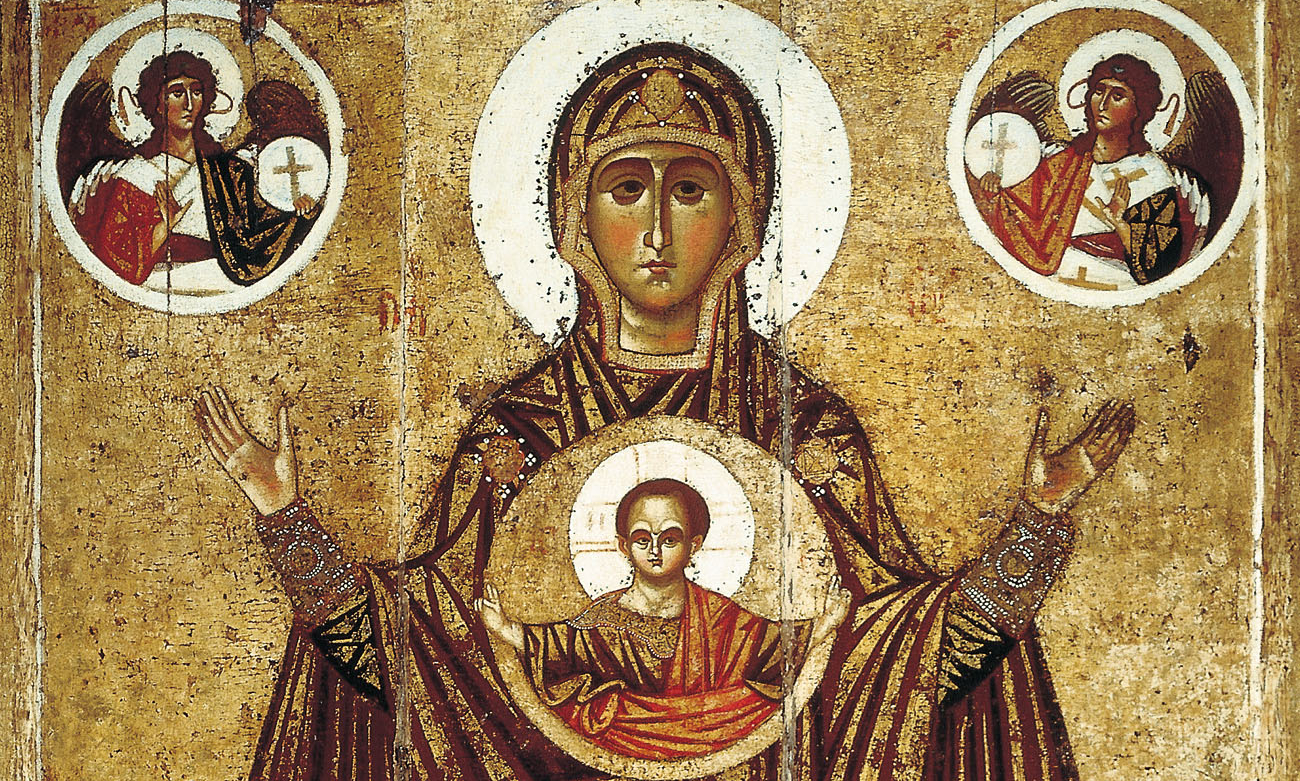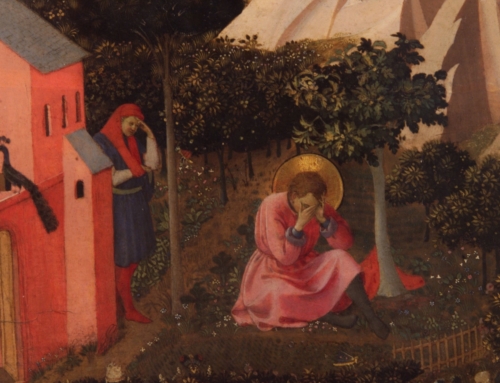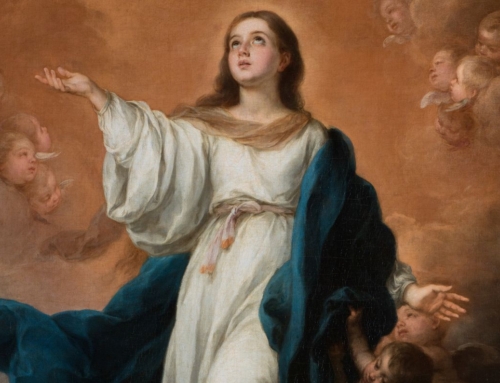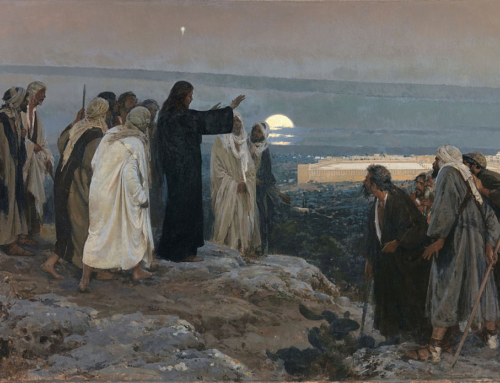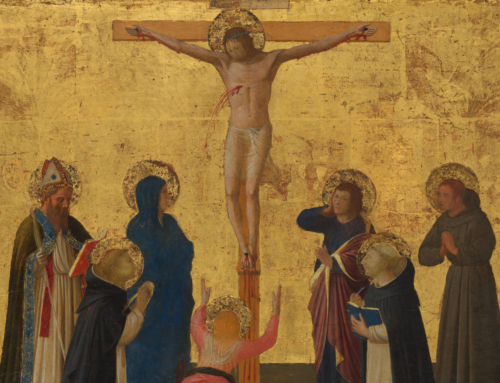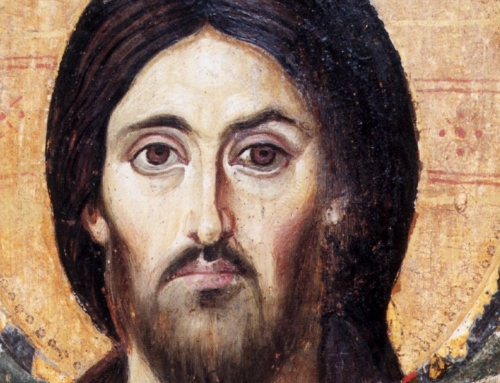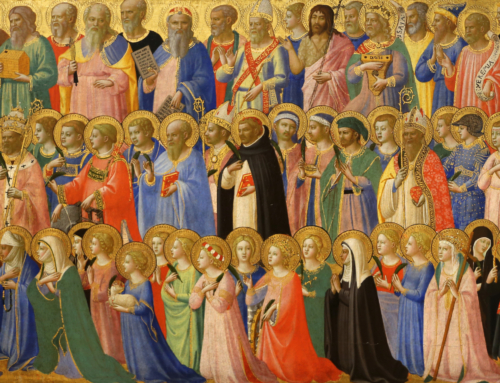Icons are a gift of the Church. They are beautiful images that represent Christ and the mysteries of his life. The Catechism of the Catholic Church says the following regarding icons:
The sacred image, the liturgical icon, principally represents Christ. It cannot represent the invisible and incomprehensible God, but the incarnation of the son of God has ushered in a new “economy” of images. Christian iconography expresses in images the same Gospel message that Scripture communicates by words. Image and word illuminate each other. All the signs in the liturgical celebrations are related to Christ: as are sacred images of the holy Mother of God and of the saints as well. They truly signify Christ, who is glorified in them. (1159-1161)
Praying with icons allows us to behold the face of Christ, and to catch a glimpse of his love for the world while meditating on his humanity. The representation of Christ’s humanity through an image allows us to understand more fully the gospel message and to grow in knowledge of him. Just as the sacred words of Scripture signify the events of Christ’s life, so do the images reveal a glimpse of God’s plan of salvation for the world through depictions of the life of Christ. Because the Son of God was made incarnate, he became depictable. Icons depict his humanity, and we can pray with icons to deepen our love for Christ.
Today, the Church celebrates the feast of St. John of Damascus, a monk and Doctor of the Church, who was a strong proponent for the use of icons. He says the following in favor of the practice of venerating icons:
We use all our senses to produce worthy images of Him, and we sanctify the noblest of the senses, which is that of sight. For just as words edify the ear, so also the image stimulates the eye. What the book is to the literate, the image is to the illiterate. Just as the words speak to the ear, so the image speaks to the sight; it brings us understanding. (On the Divine Images,1, 17)
Icons captivate the eye, but they are not merely pieces of art that hang on walls. They bring “understanding.” The image “written” on an icon is meant to draw us into the mystery of Christ’s humanity, to engage our senses in prayer, to help us catch a glimpse of Christ’s face and through that prayer come to know him more. One feature of sacred images that helps bring such understanding is their rich symbolism depicted in the choice of colors of the scene. Gold often represents Christ. White represents purity and divinity. Red represents the humanity of Christ, while green represents earth and temporality. Purple is used to represent nobility. The different colors engage the eye, as to draw one into a meditation of the mystery that is depicted. Because of this, our prayer is made more fruitful and we come to recognize more fully the love Christ has for us.
Advent is a great time to grow in knowledge and understanding of our Lord. The use of icons for prayer during Advent is one way to grow in this knowledge and understanding. Icons helps us to catch a glimpse of salvation, and aid our belief in Jesus Christ. So, during this Advent season, as you are awaiting the arrival of our Lord, consider spending time in prayer with an icon, meditate on the mystery depicted in the scene, and may you come to know Christ’s love for you.
✠
Image: Anonymous, Our Lady of the Sign

